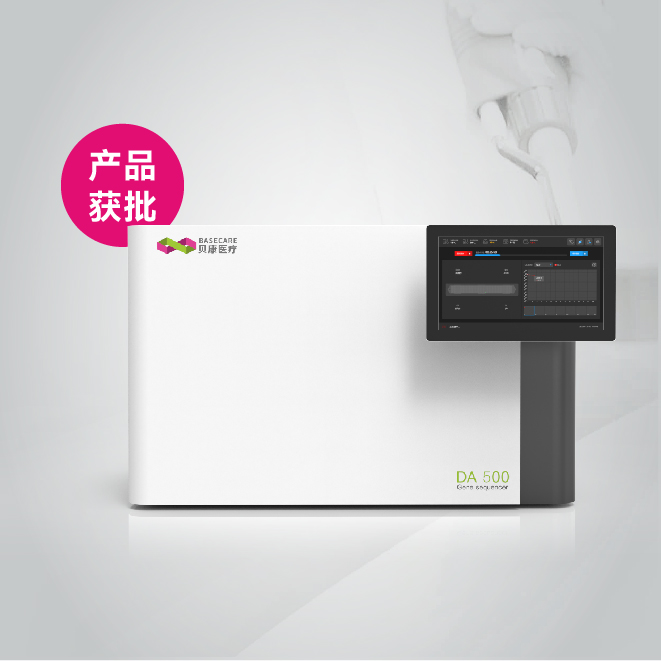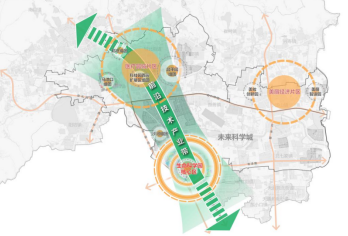Capucine Letertrea, Sylvie Perellea, Franc¸oise Dilassera, Khalil Ararb, Patrick Facha,*
aAgence Franc¸aise de Se´curite´ Sanitaire des Aliments (AFSSA), Laboratoire d’Etudes et de Recherches sur l0Hygie`ne et la Qualite´ des Aliments,
Unite´: Atelier de Biotechnologie, 1-5, rue de Belfort, 94700 Maisons-Alfort, France.
bProligo, 1 rue Robert et Sonia Delaunay, 75011 Paris, France
Received 3 July 2003; accepted for publication 18 August 2003
Abstract
The aim of this study was to evaluate the use of Locked Nucleic Acids (LNA) probes in 50-nuclease PCR, by comparison with Minor Groove Binder (MGB) probes routinely practiced in laboratories on ABI Prism 7700. The comparison was made using a collection of Staphylococcus aureus strains that have already been characterized by MGB 50-nuclease PCR assays in a previous study [Mol Cell Probes, submitted for publication]. The sensitivity and specificity of 50-nuclease PCR assays targeting the Staphylococcal enterotoxin genes sea to see were compared and showed that the LNA and MGB methods were equivalent. In conclusion, the LNA 50-nuclease PCR assays developed in this work provide a specific and sensitive alternative to the well-established MGB 50-nuclease PCR assays used for the rapid detection of bacterial pathogens genes on ABI Prism 7700. q 2003 Elsevier Ltd. All rights reserved.
Keywords: Minor Groove Binder; Locked Nucleic Acids; TaqMan probes; 50-nuclease PCR
1. Introduction
The recent emergence of real-time PCR-based fluorescence technologies represents a further development of conventional PCR techniques, providing results with high sensitivity and specificity in a shorter time than gel-based PCR assays [2]. Indeed, these fluorescence techniques provide results available immediately after the completion of the amplification reaction, with no need for further processing of the samples and without opening the test tubes, avoiding the risk of variability and the possibility of PCR carry-over contamination and reducing net labour [3,4]. There are several platforms commercially available for performing real-time PCR analyses, such as the ABI Prism 7700 (Applied Biosystems), the LightCycler (Roche), the iCycler (Bio-Rad), the Sentinel (Stratagene) and the SmartCycler (Cepheid). There are various kinds of fluorescent techniques such as DNA-binding dyes (SYBR GreenTM) or hybridisation probes (TaqMan probes) [4,5], these latter guarantee the specificity of the assay and ensure that no signal is generated from non-target amplicons. Recently, novel TaqMan probes conjugated with minor groove binder ligands (MGB) at the 30-end have been developed [6]. These hybridise to single-stranded targets with increased sequence-specificity compared to ordinary DNA probes, allowing shorter probes to be used for hybridisation-based assays. In comparison with unmodified DNA, MGB probes have higher melting temperatures (Tm). This has been exploited by Kutyavin et al. who described a 12mer MGB probe which had the same Tm (65 8C) as a non- MGB 27mer probe. This MGB probe was successfully used in a 50-nuclease PCR assay [7].
More recently, the Wengel and Imanishi laboratories described hybridisation using a novel nucleotide termed LNA (Locked Nucleic Acid), which is a class of nucleic acids containing nucleosides whose major distinguishing characteristic is the presence of a methylene bridge that connects the 20-oxygen of ribose with the 40-carbon of the ribose ring. This bridge results in a locked 30-endo conformation, reducing the conformational flexibility of the ribose and increasing the local organization of the phosphate backbone [8]. These molecular differences between conventional and LNA nucleosides allow increased stability of the nucleic acid duplexes formed between LNAs and other nucleic acids [9]. Usually, LNA/DNA duplexes have increased thermal stability (3–8 8C per modified base in the oligonucleotide) compared with similar duplexes formed by DNA alone. Our objective was to explore the sequence specificity of LNA probes and assess their use in 50-nuclease PCR. As far we know, LNA probes had never been applied in 50-nuclease PCR.







